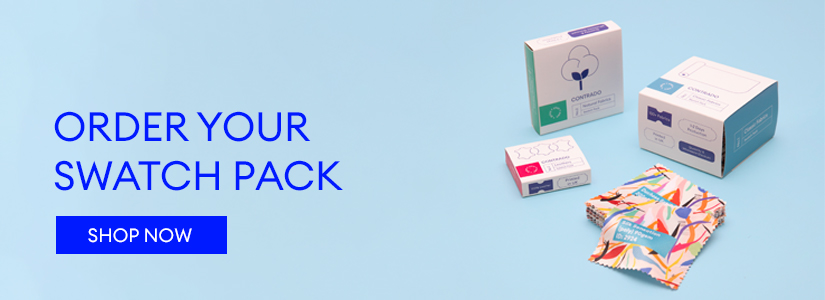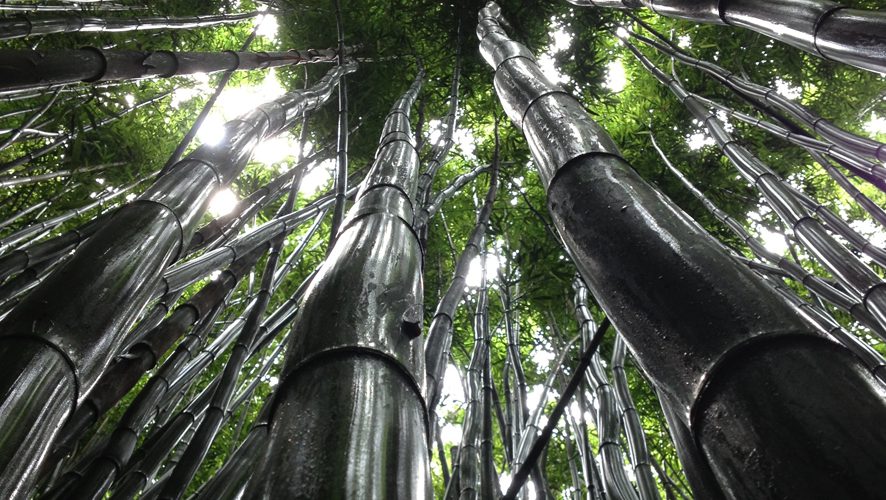When it comes to custom printed fabric, there is a huge selection available. From man made textiles to natural fibres, from organic crops to manufactured yarns; the choice can be overwhelming.
Some fabrics have their advantages over others, but is it always as simple as that? Here, we are looking at bamboo jersey; a fabric, which, on paper, seems to have it all but, when you delve a little deeper, brings up a whole host of factors, which you might never have realised. So, if you are bamboozled by bamboo, then read on.
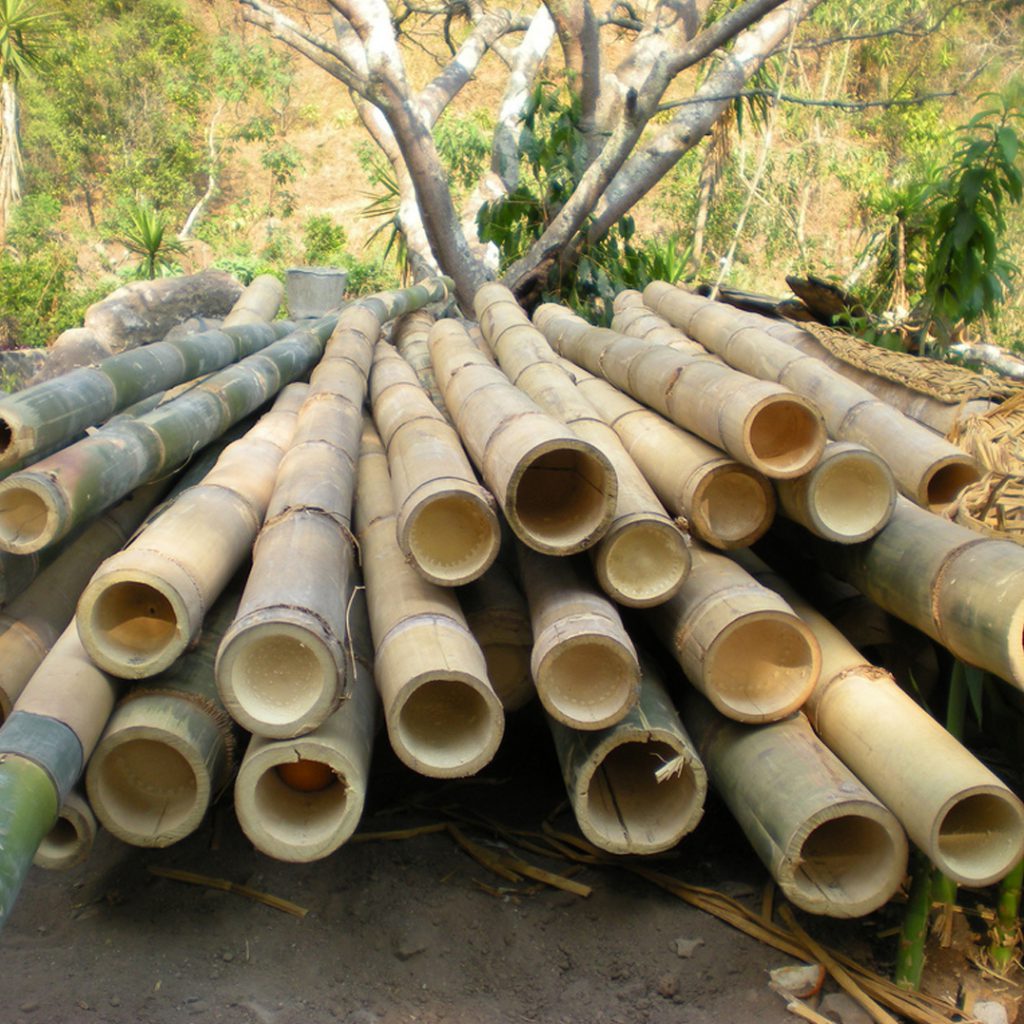
What is Bamboo Jersey?
Yes, we are talking about bamboo the plant! Not the exact type that pandas munch on, the bamboo used for fabric is called Moso Bamboo. This plant can be used to create a variety of textiles, thanks to its fibres. There is a lot of discussion, disagreements, and opinions about using bamboo as a fabric and we want to consider these in this article.
Why bamboo?
Theoretically, the use of bamboo to make fabric is great. Bamboo has some brilliant qualities, which makes it super popular for activewear, yoga and pilates clothing and other fashion. These include:
- Antibacterial – so your clothes won’t get smelly after a workout!
- Breathable
- Strong
- Versatile
- Super soft
- Comfortable
- Lightweight
The type of bamboo, which is used to make textiles, is also a hardy and super-fast growing plant, with the ability to grow up to 4 feet in a single day! This makes bamboo one of the most easily renewed natural resources in the world. Not only that, it requires far less water and care than cotton.
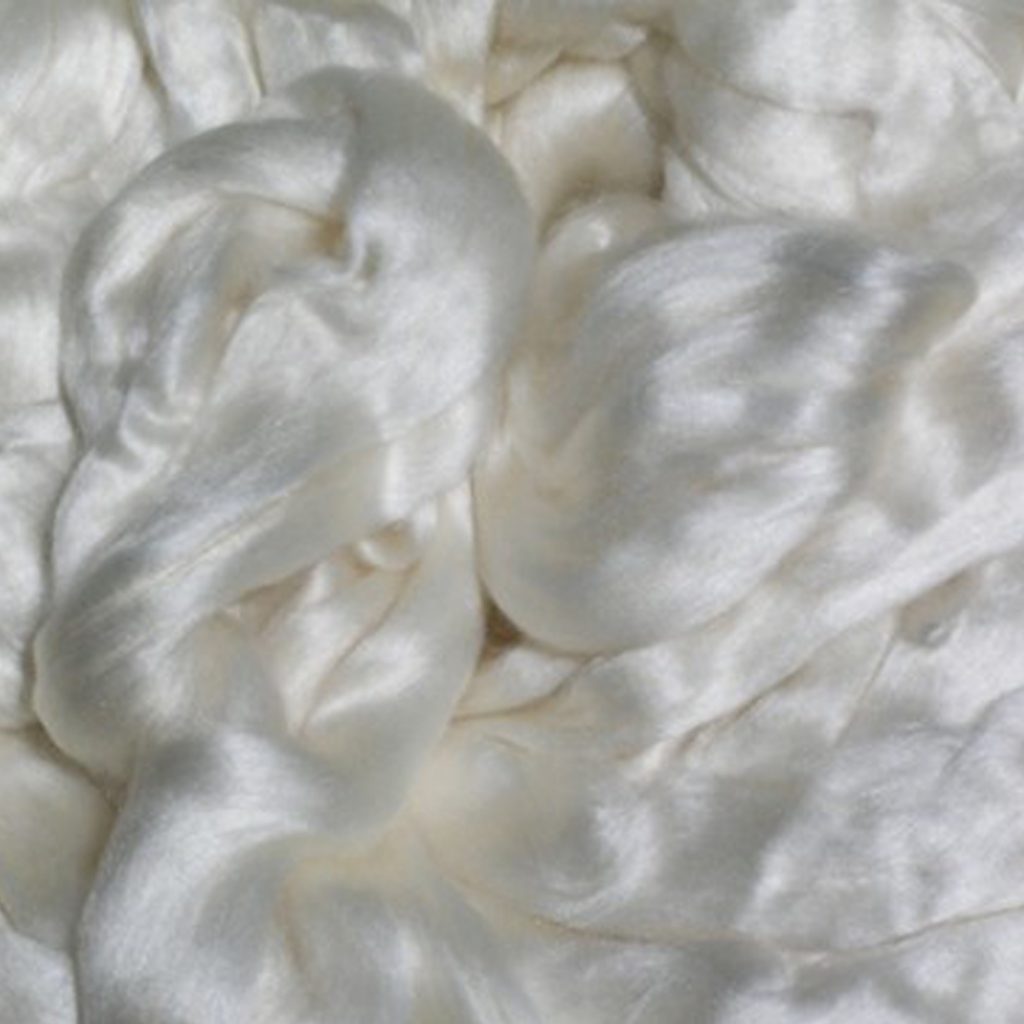
Bamboo or organic cotton?
Although very different fabrics, one of the main similarities between bamboo fabric and organic cotton is that no chemicals, fertilizers, or nasty pesticides are used to grow the crops. Bamboo is a hardy plant, and has a natural resistance to pests, so it does not need to be protected from them to flourish and by not using chemicals to help organic cotton grow, cultivators are improving the quality of the land, helping prevent water contamination and conserving biodiversity.
The main advantages of bamboo over organic cotton are during the growing of the crop. From water and soil management to the effects on the environment and atmosphere. As mentioned before, bamboo requires very little water whereas cotton is one of the thirstiest crops around. To grow cotton, extensive irrigation is required, which, of course, can have a negative impact on the use of water in the areas where cotton is grown. However, this is also changing and now 80% of organic production is rain fed, rather than irrigated, meaning organic cotton preserves groundwater stores.
Cotton also needs to be replanted every year, which leads to ploughing and soil erosion, whereas bamboo grows, effectively, like grass. It has a huge root system underground, and new shoots spring up after every harvest, meaning no additional planting or cultivation is required, which prevents erosion of the soil.
Bamboo also contains a much higher amount of biomass per acre than cotton, thus it converts a larger amount of carbon-dioxide to oxygen, making it one of the most efficient plants for this process.
Yep, from the looks of things, bamboo, the plant, is a bit of an A-lister really and there is no doubt that it is a very green plant.
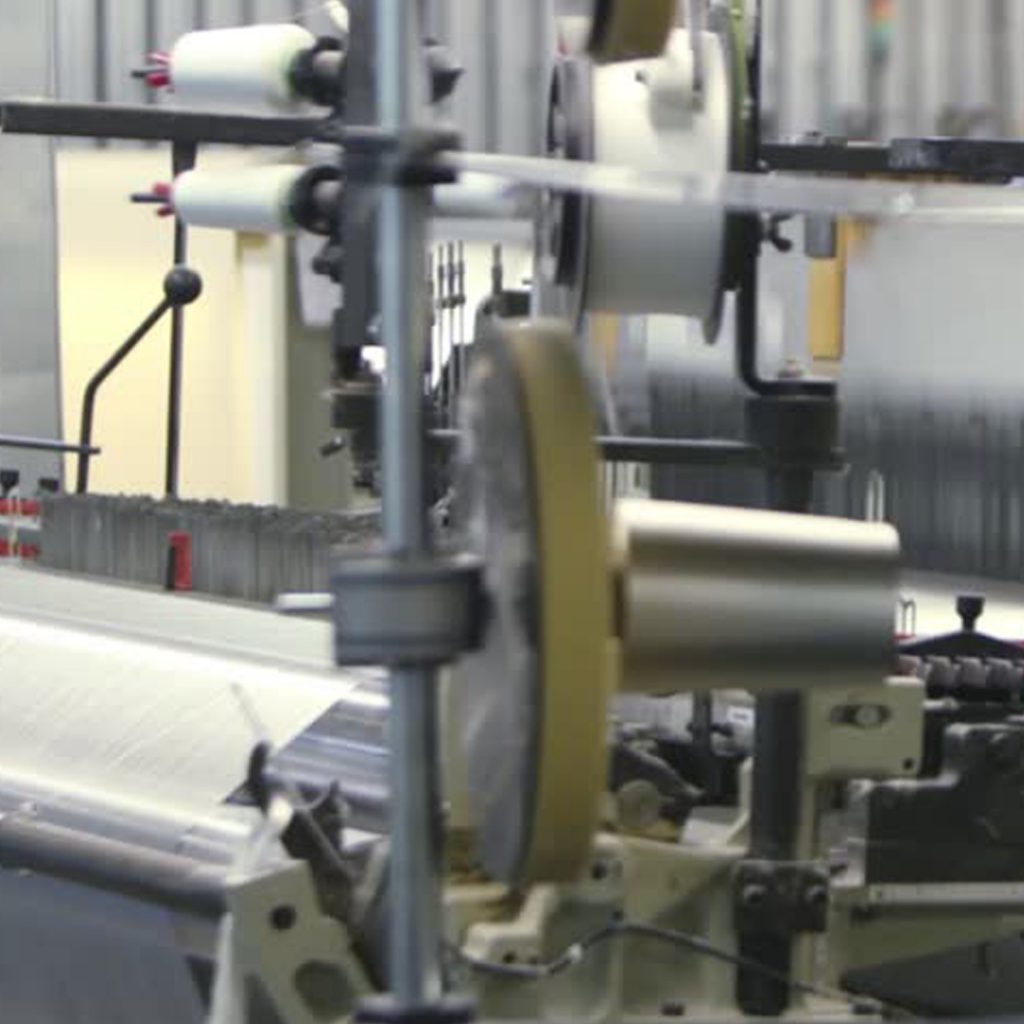
Is bamboo fabric sustainable?
Soft, smooth and flowing, with a drape to die for and a glowing sheen. Bamboo fabric has a lot of the qualities that other luxury fabrics, such as silk and cashmere, have, but at a much more affordable price. So, what is the catch? As we have seen from the above, bamboo the plant is wonderfully sustainable, one of the fastest growing plants and most eco-friendly plants around.
However, bamboo the fabric, or bamboo rayon, is slightly more controversial.
The real question is, how is bamboo made into fabric? This is the question, which turns this natural resource from a wonder plant to something possibly a lot more sinister. While there are no chemicals added to the environment through the farming of bamboo, when it comes to processing the crop into a fibre, chemical manufacturing is abundant.
There are 2 methods of creating bamboo fibre to make bamboo fabric; mechanically or chemically.
The mechanical method
This is the more eco-conscious method. This is done by crushing the woody parts of the bamboo and then use natural enzymes to break it up into a mushy mass. Then, the natural fibres of the plant can be mechanically drawn out and then spun to make yarn. This is essentially the same process, which is used to make linen fabric from hemp or flax. This kind of material is often referred to as bamboo linen. However, very little bamboo linen is produced because it is very labour intensive and expensive and, as we discovered, very tricky and temperamental to print on!
This brings us to the second method.
The chemical method
Here is where the controversy lies. The chemical method is how bamboo goes from a plant to a soft, beautiful fabric. It must undergo treatment using some harsh and toxic chemicals to be made into a wearable fibre. The result of this treatment turns the bamboo into a fibre like Rayon, which is a fibre than can be made from the cellulose of any plant or tree.
Many chemicals are used in this method, including caustic soda, toxic bleaching agents such as chlorine, carbon disulfide, and sulfuric acid. They are used to “cook” the bamboo leaves and woody shoots. These chemicals can produce an environmentally hazardous chemical cocktail, which filters into the environment and can be abandoned into waterways or landfills. Even scarier, both sodium hydroxide and carbon disulfide have been linked to serious health problems, which is an issue for the workers in the factories who create the fabric and the surrounding wildlife.
The method to create this bamboo fabric cannot be considered sustainable or eco-friendly, due to the hazardous chemicals and dangers to the environment, and the workers.
Is wearing chemically processed bamboo bad for your health?
The growing of bamboo is eco-friendly but the manufacturing of bamboo into a wearable fabric raises a huge amount of environmental and health concerns, because of the harsh and often toxic chemicals used to cook the bamboo; which will eventually make the bamboo cellulose fibre, which is used to make clothing.
A lot of the chemicals used are harmful to the body – certainly when producing it, but what about for wearing it? It has been said that by wearing rayon, you could be exposing yourself to issues such as nausea, headaches, vomiting, muscle pain and insomnia, to name a few.
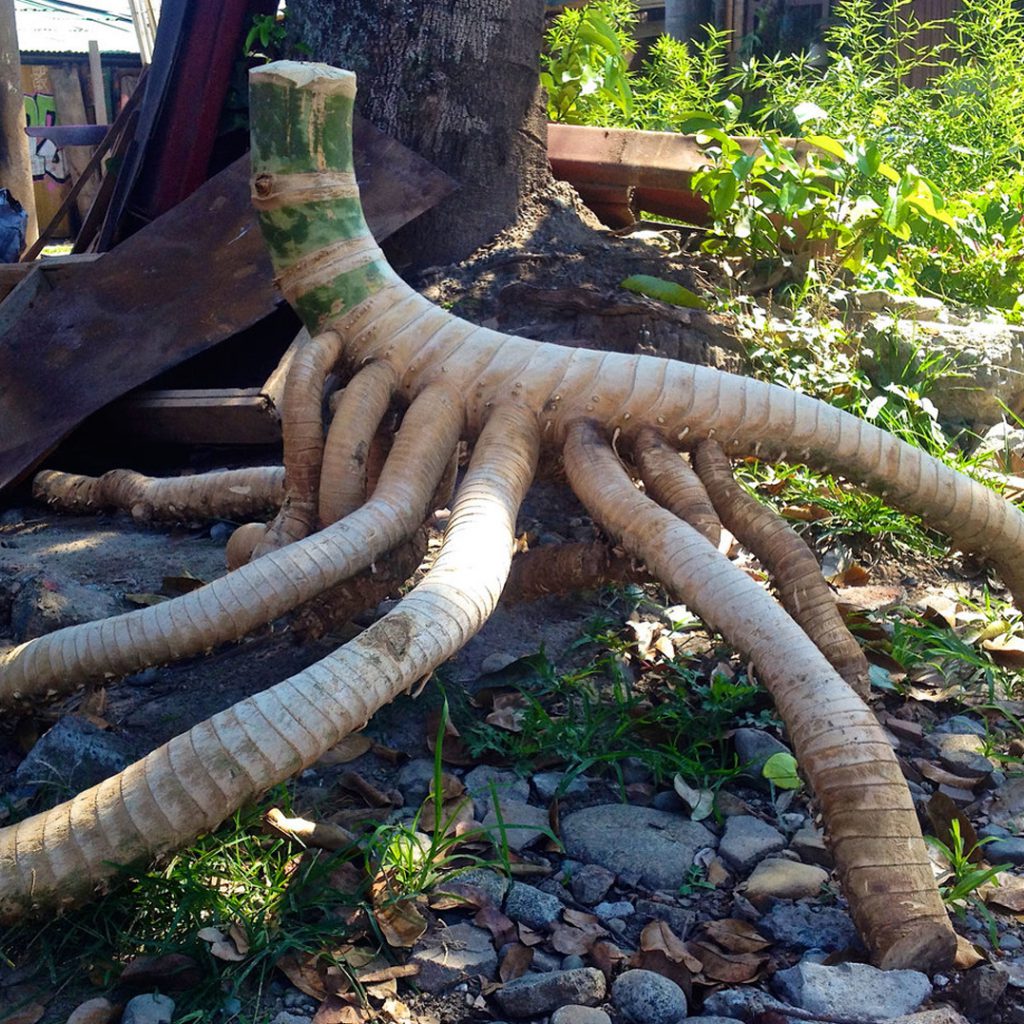
What is the bamboo bottom line?
As a source of material, bamboo just can’t be beaten for the most efficient in terms of use of land, water management, speed and ease of growth and all-round sustainability. However, it seems that bamboo, the fabric, leaves a lot to be desired and the on-going argument about its environmental impact, method of production and use of chemicals in this process is one, which will continue in the fabric and textile worlds.
As the textile industry strives to create more eco-conscious and green methods to produce sustainable bamboo fabrics, they must be encouraged to do so, as bamboo clothing and fabric has such amazing potential as an environmentally friendly product. Manufacturers must push for more eco-friendly ways to produce it.
What are some bamboo alternatives?
At Contrado, we always endeavour to make responsible choices when it comes to what customised fabrics we supply and print on. We love printing on sustainable fabrics, made from natural materials and using eco-friendly ways to produce them. From natural proteins and fibres such as soy and banana to organic cottons, which are proven safest for sensitive skin.
Feel the difference between different types of fabrics and explore over hundred materials with your very own fabric swatch pack. Understand the texture, strength and finish of each of the fabrics by taking a hands on approach.
